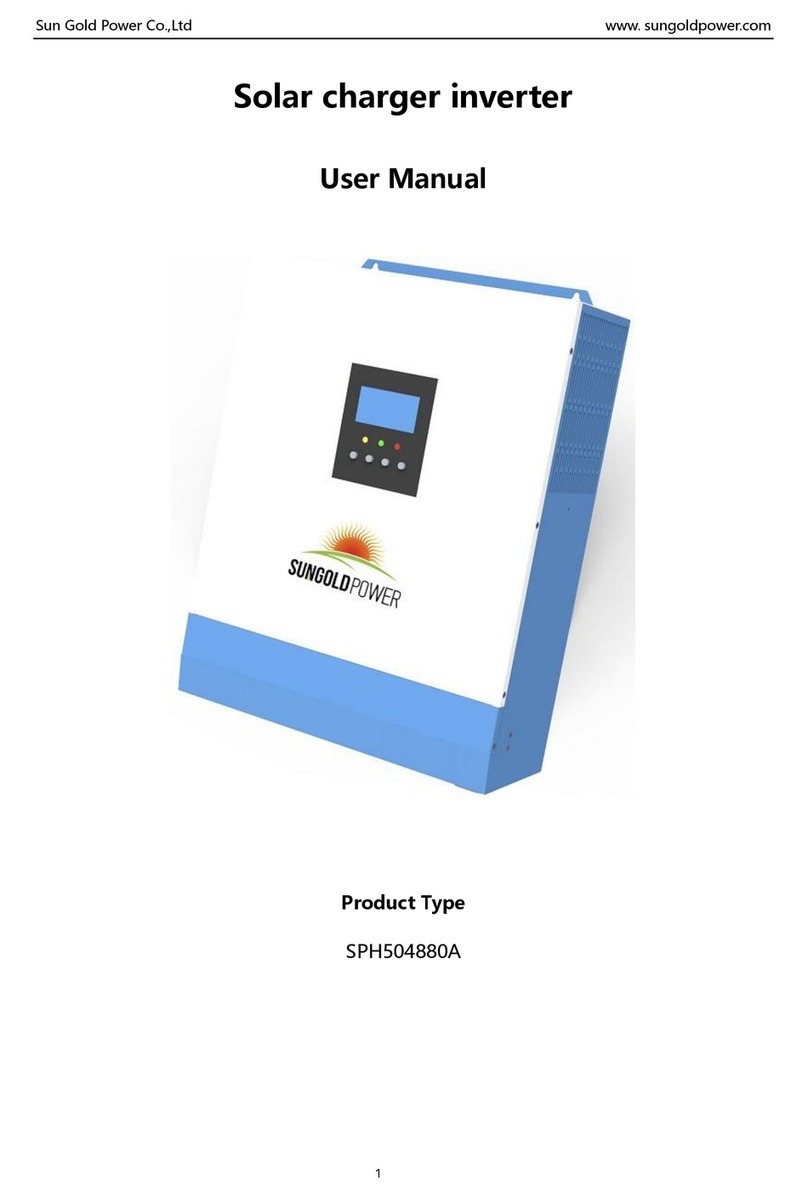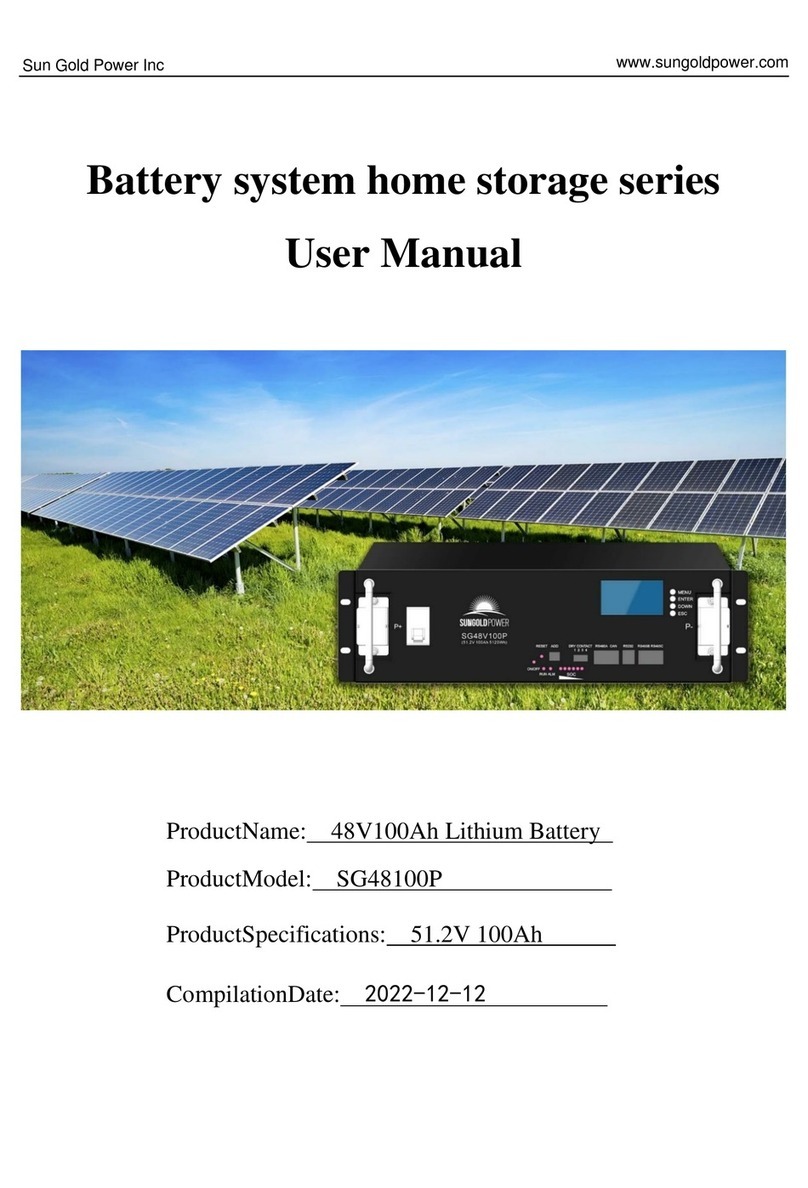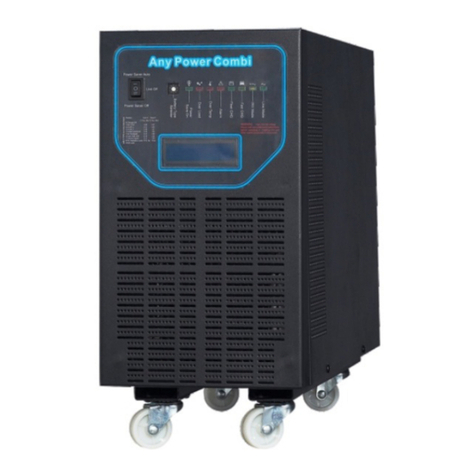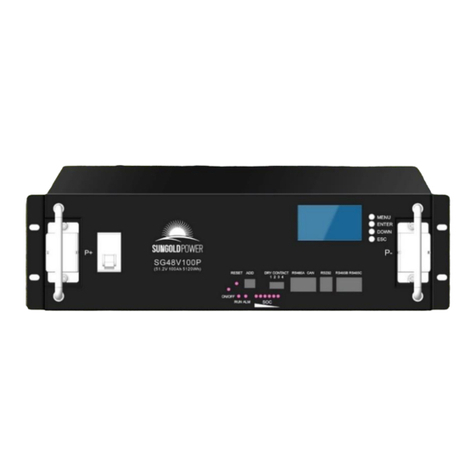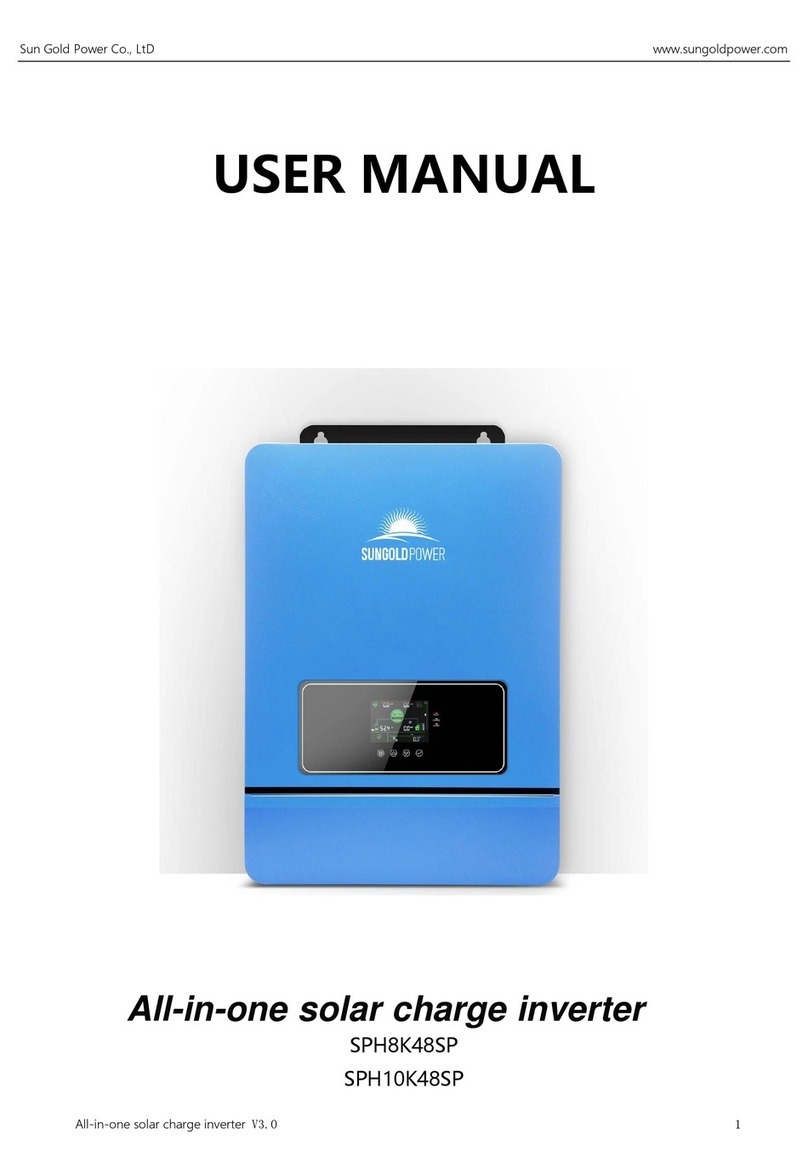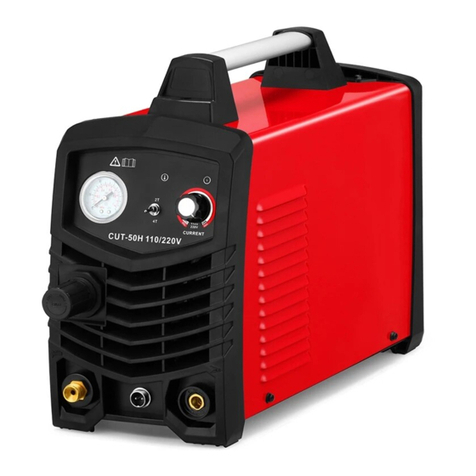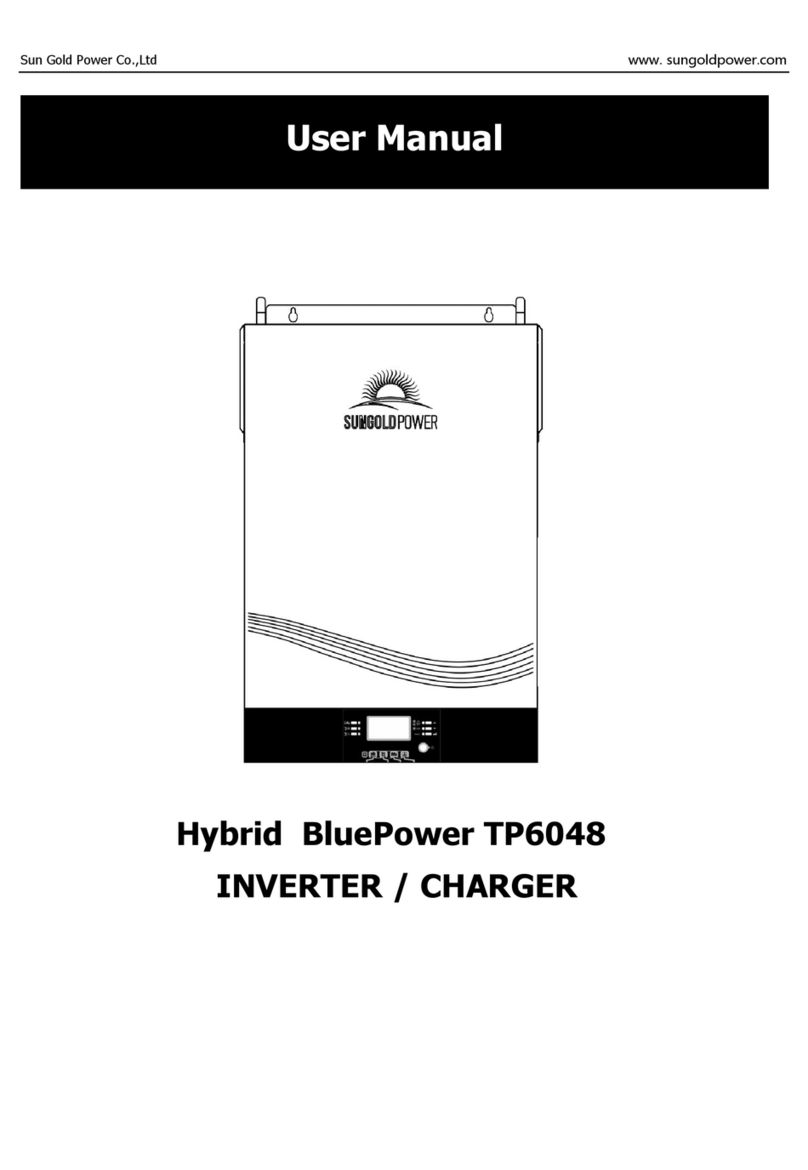2
Catalogue
1. Document description..............................................................................................................................3
2. Definition of Terms .................................................................................................................................3
3. Battery system performance parameters..................................................................................................3
4. Outline and Structural Dimensions of Battery System............................................................................5
5. Definition of battery system interface .....................................................................................................6
5.1. Panel Schematic..............................................................................................................................6
5.2. Module Panel Description..............................................................................................................6
6. Functional block diagram ........................................................................................................................7
7. Battery Management System Specifications ...........................................................................................7
7.1. Basic parameter settings.................................................................................................................7
7.2. Interface........................................................................................................................................10
7.2.1. Interface diagram......................................................................................................................10
7.2.2. Interface Definition....................................................................................................................11
7.3. Communication description.........................................................................................................11
7.3.1. RS232 communication..............................................................................................................11
7.3.2. RS485 communication..............................................................................................................12
7.3.3. CAN communication ................................................................................................................12
8. Product function and performance description......................................................................................13
8.1. Charging performance.................................................................................................................13
8.2. Discharging performance.............................................................................................................13
9.Using & Maintenance Suggestions........................................................................................................14
9.1. LED indication description..........................................................................................................14
9.2. Buzzer action description.............................................................................................................15
9.3. Key Description...........................................................................................................................15
9.4. Sleep and wake up .......................................................................................................................16
9.4.1. hibernate ...................................................................................................................................16
9.4.2. Wake.......................................................................................................................................16
9.5. DIP switch settings ......................................................................................................................17
9.6. The routine maintenance of the battery part can be carried out by referring to the table ................17
10. Packing List .........................................................................................................................................18
11. Storage, maintenance and transportation.............................................................................................18
11.1. Storage.......................................................................................................................................18
11.2. Transportation............................................................................................................................19
12. Maintain...............................................................................................................................................19
13. Battery usage precautions....................................................................................................................19
14. Product Liability..................................................................................................................................20
